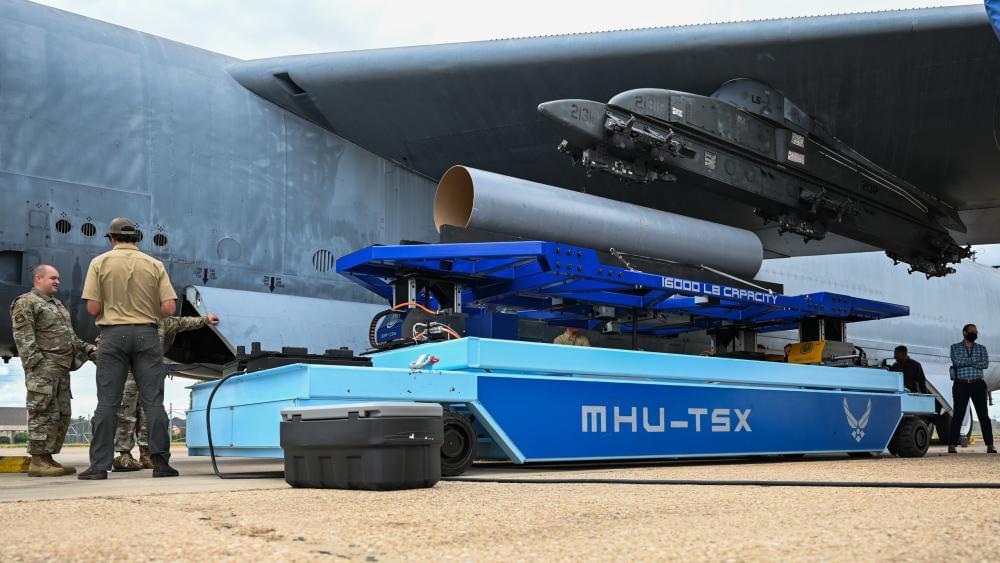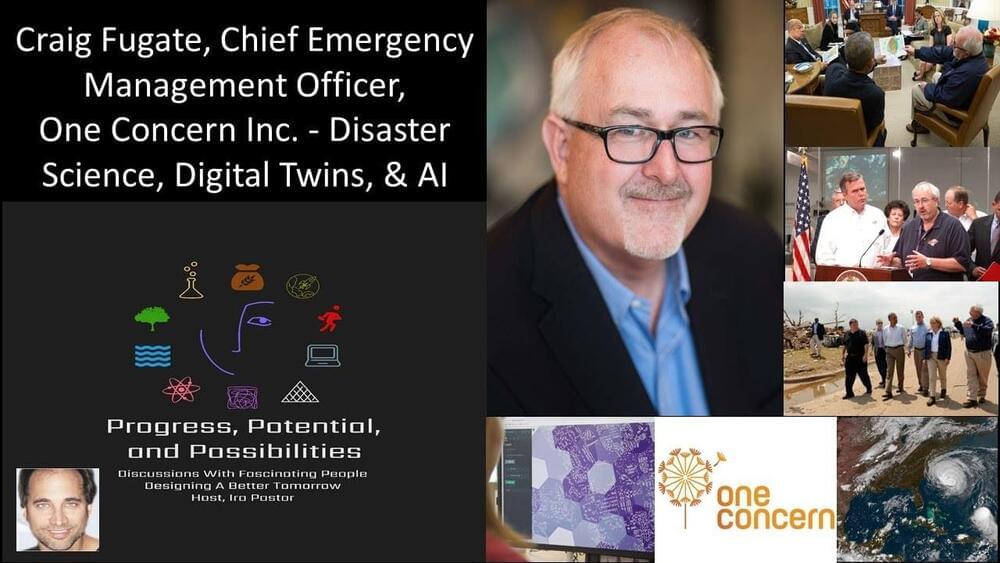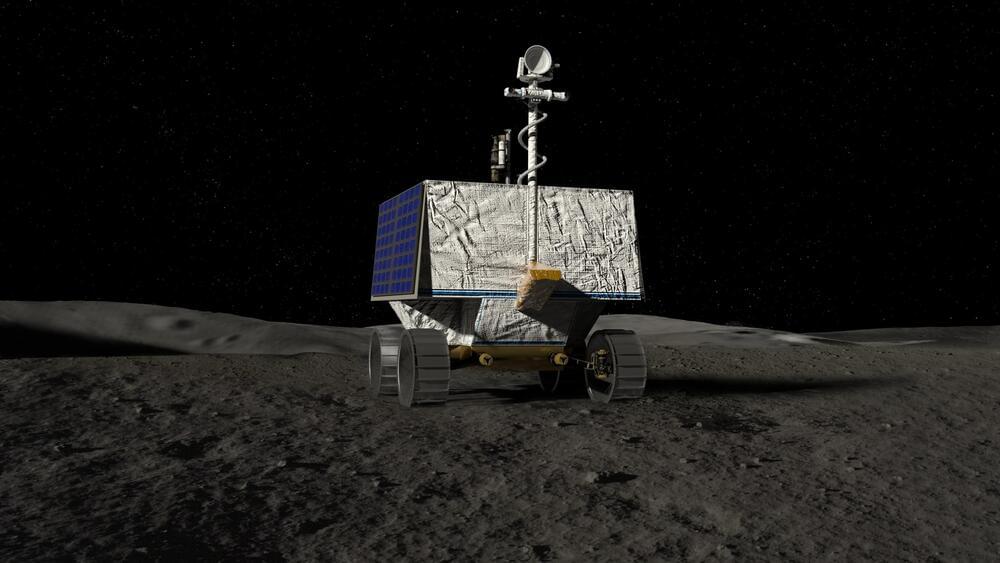2030’ish: on demand books, movies, TV shows, video games, etc…
In the ever-increasing list of things that machine learning AI can do in our modern world, there’s now a program that will code (or at least, try to code) whatever you tell it to in plain English. Want some flashy banner text that changes color every few seconds? Tell that to OpenAI Codex and it will code it for you in seconds. The OpenAI Codex beta, currently only available through an online waiting list, is a simple web tool with three windows: one to type in commands, one that shows the code generated by those commands, and one that shows what the code does. You could theoretically use Codex for all sorts of tasks in over a dozen coding languages, but the coolest use I’ve seen is coding simple Javascript videogames with just a handful of natural language instructions. Check out the video below from YouTuber Joy of Curiosity to see it in action.









